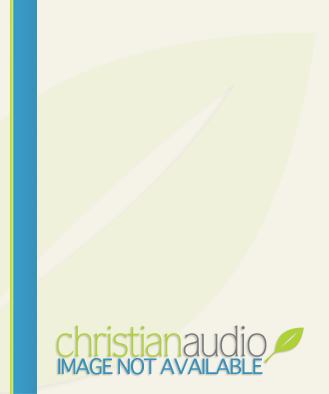Back in 2010, I reviewed the second in James Bryan Smith's Good and Beautiful series. Recently, I had the opportunity to listen to an audiobook version of the third book, The Good and Beautiful Community. Most of my reactions about the process of the book were similar to the prior. Smith is a good, accessible writer, who makes abstract concepts easily understandable.
One of the big differences is that this book did seem to tread some new material in contrast to The Good and Beautiful Life. It still is rather introductory, especially for those who have read a lot in the area of the importance of community. But I have a feeling Smith was on the front edge of this movement, as this book was originally published in 2010.
First, my repeated criticisms are the stronger influence of the contemplative tradition on Smith's form of community building in addition to the reliance on spiritual disciplines. I've written about my view of the limitations of both before, so I won't rehash that. I think both are valuable, especially in community-building, so this isn't truly a bad thing; I would have just liked to see more options from the other of Foster's streams.
One of the elements I most appreciated was Smith's emphasis on the role of community as going through the faith journey together. And being humble. Smith spends an entire chapter exploring how to love those with whom we disagree. This is such an important topic that I often don't find adequately addressed in most discussion of community. I've discussed the topic before on my blog, but it's great to hear balanced efforts toward unity from a national leader. Smith was able to include anecdotes to illustrate his points well (as was helpful throughout the book), and in this section, the story was not just about actually being able to achieve unity. That's one of the things I found most helpful: This book is not about perfection. It's about how to live in an imperfect, fallen community, and how beautiful that is.
Some of Smith's arguments for the need for being in a faith community are a bit weak in my opinion, but he's never heavy-handed or forcing of his opinions. In fact, I experienced his sharing of his perspective as quite grace-filled in recognizing the various ways people approach and experience community. And this method reinforced his view all the more by practicing what he was preaching.
Disclosure of Material Connection: I received this book free from the publisher. I was not required to write a positive review. The opinions I have expressed are my own. I am disclosing this in accordance with the Federal Trade Commission’s 16 CFR, Part 255: “Guides Concerning the Use of Endorsements and Testimonials in Advertising.”

No comments:
Post a Comment